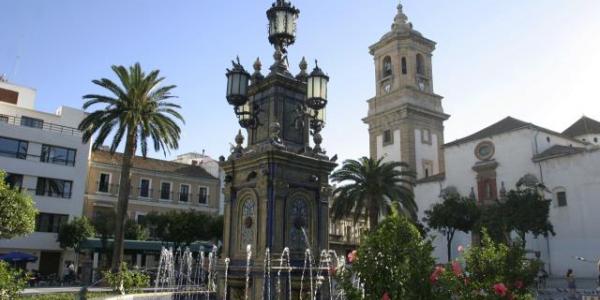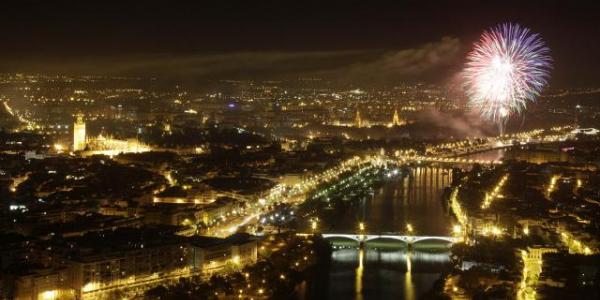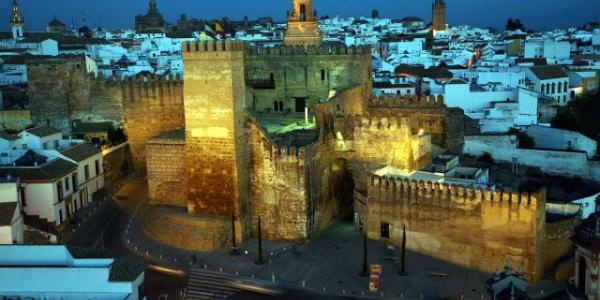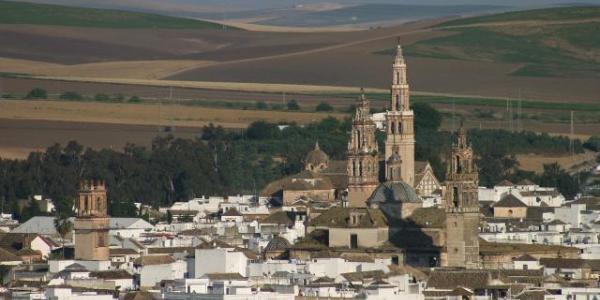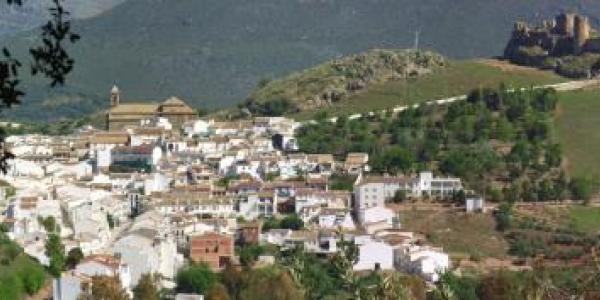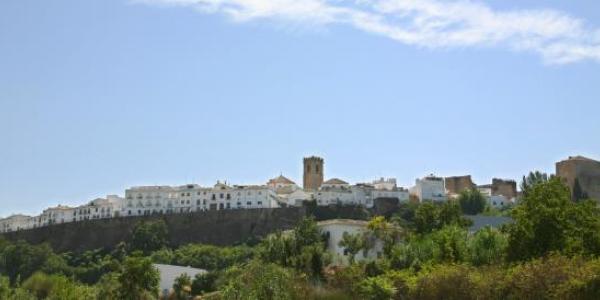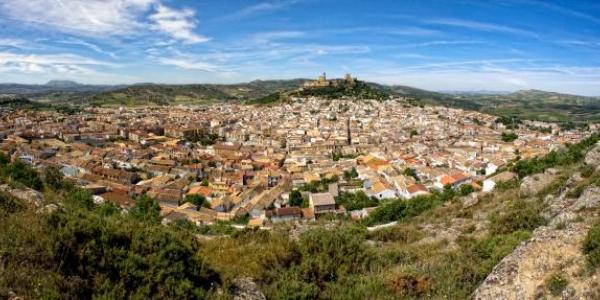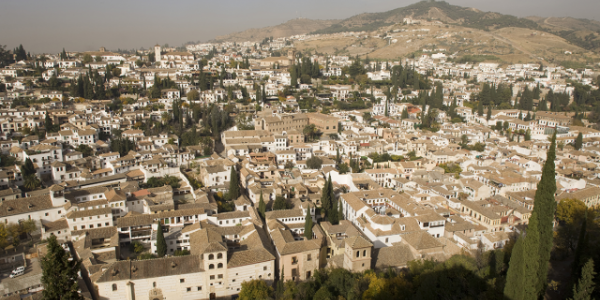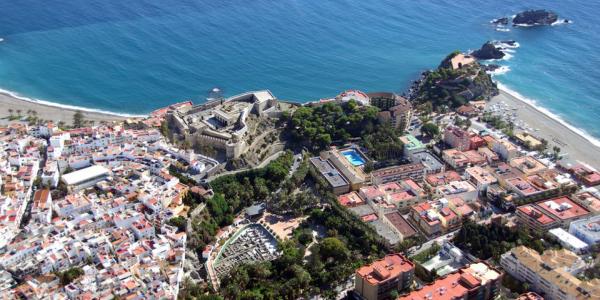Castle

Priego’s strategic importance was the reason for its impressive defensive system. A simple, functional castle was built by the Muslims on the highest part; it was rectangular, with the Keep in the middle. It underwent numerous reforms by the Christians in the 13th and 14th centuries. Nowadays its exterior, with three salient towers, overlooks a square full of trees.
La Villa neighbourhood

The Medieval village stands beside the castle, on the eastern side, full of twisted, intimate little streets and small squares. In the streets of Santiago, Jazmines, Real, Bajondillo and Puerta del Sol, an incredibly narrow and complicated labyrinth, one has only to lift one’s arms to touch both sides of the street.
Wall and towers

Apart from the castle, Priego’s defence system consists of the walls and towers that protected the medina at those points that were more vulnerable. There are a few parts of the wall that can still be seen as well as some circling the town, with forts such as Jardín del Moro and El Puerto, El Morchón, El Esparragal and Uclés lookouts where, among other things, various Almohad silos have been excavated.
Church of La Asunción

This church stands within sight of the castle and surrounded by La Villa’s buildings. It was started in the beginning of the 16th century, with Gothic-Mudejar features and profusely reformed in the 18th century by Jerónimo Sánchez de Rueda.
Church of La Aurora

In the vicinity of the church of La Asunción there is another Baroque landmark. Built over the 15th century hermitage to San Nicasio, the town's patron saint, this church was built between 1744 and 1772, with the possible participation of Juan de Dios Santaella.
Church of San Francisco

This church is in front of the mansion where Alonso de Carmona lived; he accompanied Hernando de Soto in 1539 on his exploration of Florida. It was begun in 1515 and reformed in the 18th century in the Baroque manner. Starting in 1731, Santaella and Sánchez de Rueda directed the work which included plasterwork and sculptures.
San Pedro, Río street and Fuente del Rey

From La Villa onwards, there is much to interest the traveller. For instance, the Royal Abattoir, a harmonious construction where the doorway and courtyard have arcades, dated in 1579. Nearby are the churches of San Pedro from the end of the 17th century with a valuable altarpiece; next comes the church of San Juan de Dios, built between 1696 and 1717. Many buildings of interest stand along the curved and enchanting Río street, such as the hermitage of Las Angustias, dated in 1773, with a magnificent doorway and sculptures. Then we have the church of El Carmen, example of the symbiosis of Baroque and Neo-classicism. The fountains of El Rey and of La Salud are splendid compositions. The former was finished at the beginning of the 19th century. Further up, there is the Renaissance fountain of La Salud, designed by Juan de Ochoa in the 16th century.



